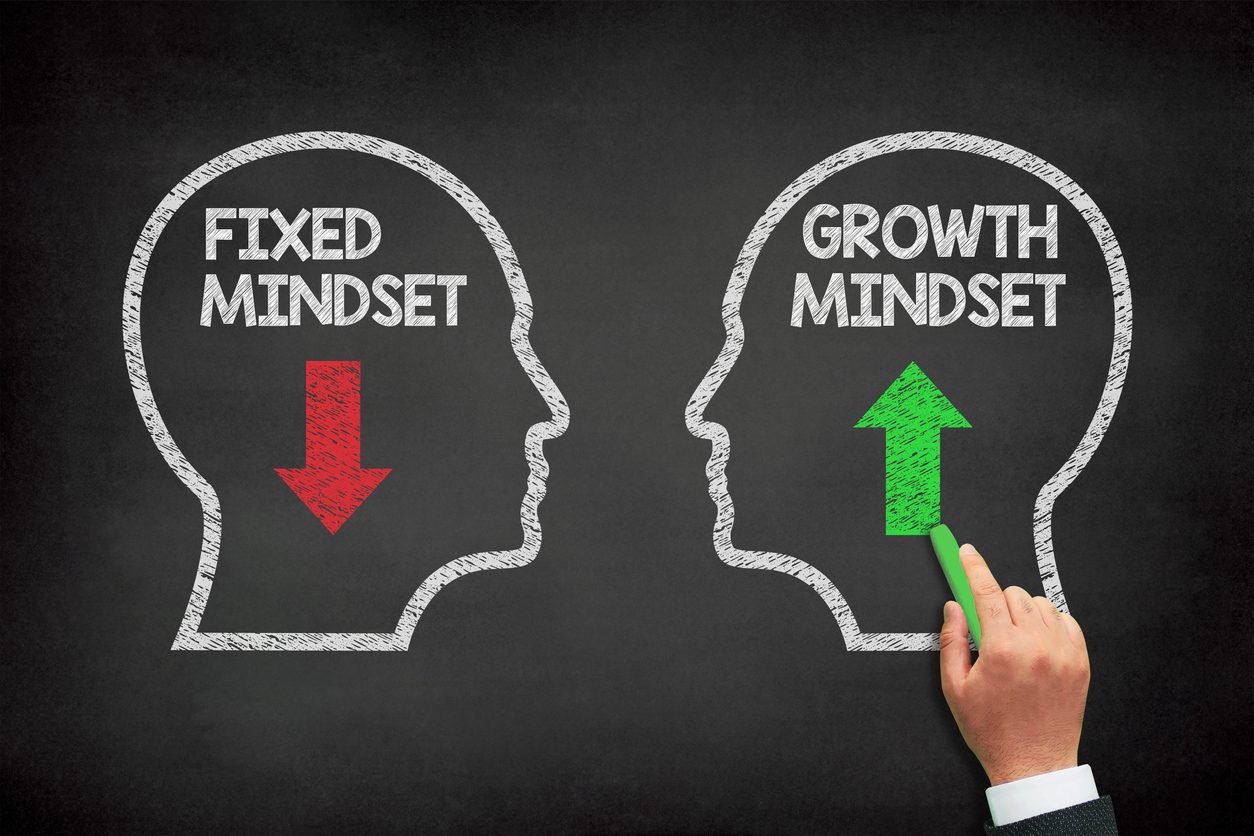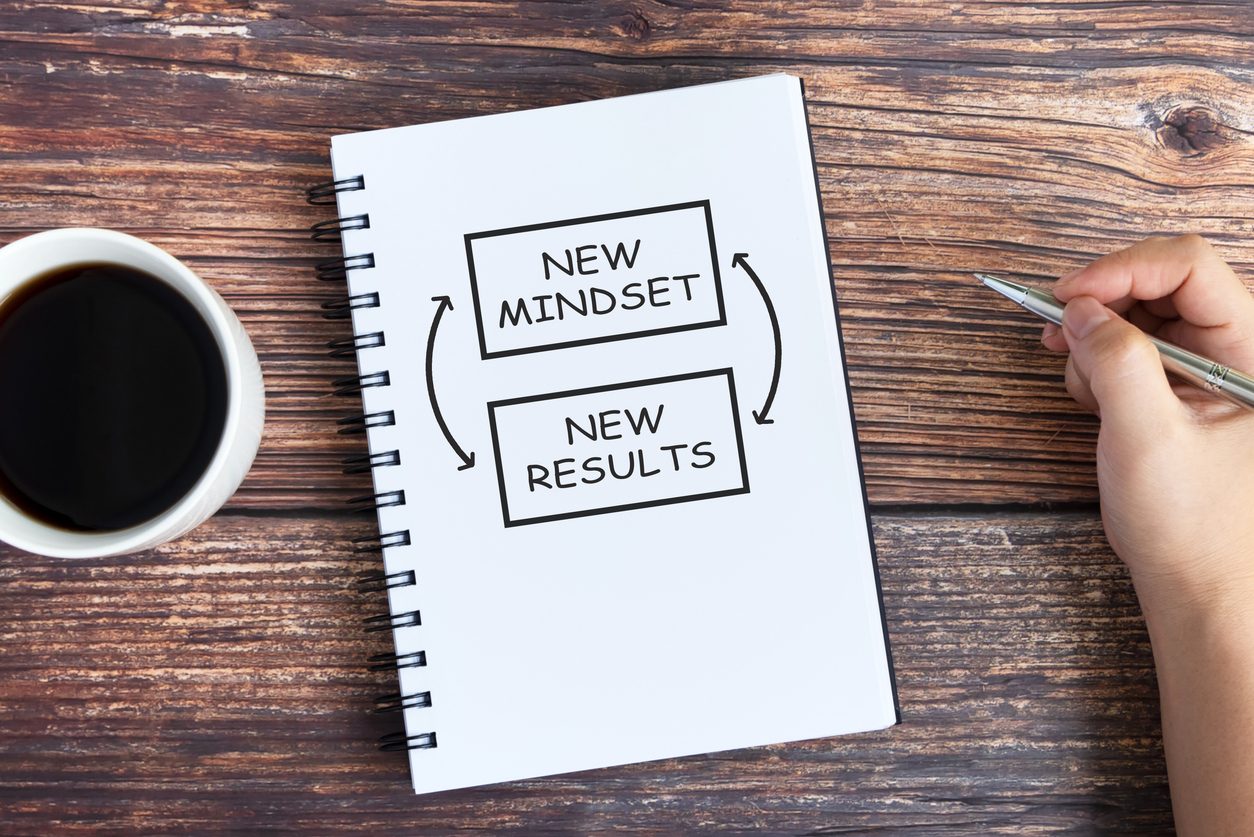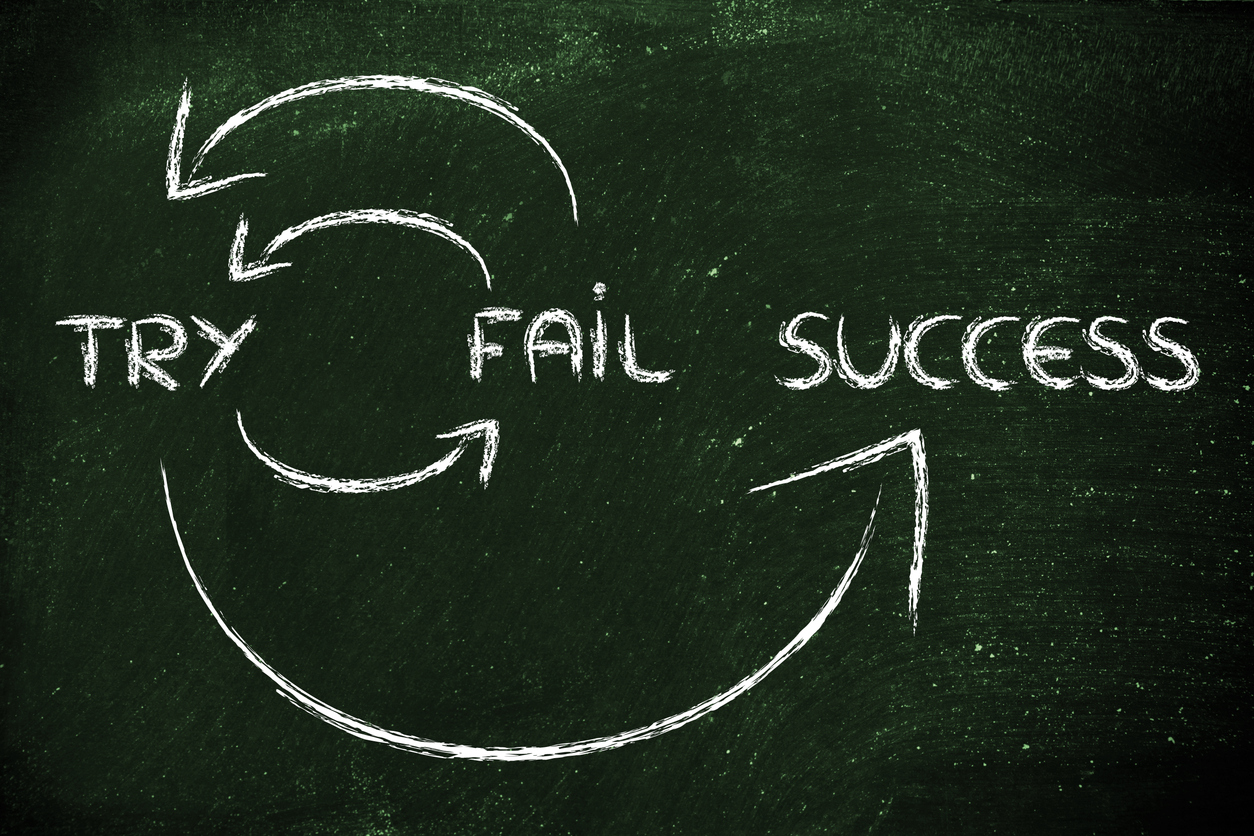Growth mindset: examples in the workplace to develop the right attitude toward challenges
In an era where adaptability and continuous learning are paramount, possessing a growth mindset has become a coveted attribute across industries. Are you someone who thrives on perpetual learning, equipped with the confidence to tackle new challenges head-on? Do you welcome constructive feedback as a means to enhance your skills and capabilities?
Employers today increasingly value individuals who exhibit these traits, recognizing the immense value they bring to the workplace. In addition, a study has shown that having a growth mindset predicts both a lesser predisposition to stress and a greater coping ability.
Through a series of illuminating growth mindset examples and counterexamples, we explore what this mentality consists of and why cultivating this mindset is not just beneficial, but essential, for professionals of all ages striving for success in today's dynamic and competitive job market.
What is a growth mindset?
In her 2006 bestseller Mindset: The New Psychology of Success, Stanford psychologist Carol Dweck introduced the concept of the growth mindset, which emphasizes that personal abilities can be developed through dedication and hard work.
Dweck argues that individuals may not fully understand their own abilities until they commit to developing them. The growth mindset starts with the belief that perseverance is as important as talent in facing adversity and achieving success, and it is manifested by specific attitudes that individuals can cultivate. These include a predisposition for lifelong learning, a willingness to challenge oneself and take calculated risks, the confidence necessary to receive feedback positively, and a good deal of patience.

Growth mindset vs. fixed mindset
The counterpart of the growth mindset is the fixed mindset, which views one’s abilities as static and hinders personal growth. It can result in placing limits on oneself and missing opportunities.
As opposed to those with a growth mindset, individuals with a fixed mindset have an exaggerated fear of failure and may avoid the calculated risks required for success. The fixed mindset can also lead to discouragement and taking negative feedback too personally.
4 growth mindset examples that you can apply in the workplace
Do you want to develop a growth mindset in your workspace? Discover how work environments are impacted by this mentality with the following growth mindset examples. To give a full picture of it, we also include some counterexamples (fixed mindset) as well as examples from the perspective of both employees and management.
1. Adopting a lifelong learning approach
Around the year 2014, a B2B monthly print magazine covering the GPS market folds on the heels of massive sector disruption after the introduction of smartphone geolocation. Allison, the magazine’s 40-year-old news editor, loses the job she has held for 15 years.
Free solutions like Google Maps suddenly outperform hand-held and car dashboard devices. Even taxi drivers find their smartphones work just as well as dedicated systems. Car manufacturers see less financial incentive to include integrated systems in new cars. Allison is an expert in these technologies but understands there is increasingly less to write about geolocation.
In the early 90s, she had taken her undergraduate degree in political science and always retained an interest in geopolitics. She has enough money saved to take a sabbatical and pursue a two-year Master’s program in international affairs. Her hope is to reintegrate the workforce as an online current affairs journalist once she has earned her Master’s. It is somewhat risky, but Allison loves learning and is always up for an adventure.
Allison considered seeking another position at a technology magazine, where she might have had a less senior role or worked on subject matter she wasn’t so passionate about. Instead, her growth mindset allows her to pursue a better option to expand her skills and adapt to changing circumstances.
2. Embracing failure as part of the process
A sales team fails to meet its quarterly target exactly three months after getting a new team manager who has just joined the company. Members of the team accept shared responsibility and do not blame each other or the new manager. Still, some members are discouraged and see no light at the end of the tunnel, displaying a fixed mindset.
Despite bearing the most responsibility due to her position, the new manager has a growth mindset and knows how to respond. She gets the team together, convinces them it is not the end of the world, and suggests a cycle of collaborative analytical work to bring the results back on track for the next quarter. Taking note of her positive outlook and respecting her for it, the team regain their motivation.
She is a clear example of a growth mindset, since she has turned the situation around, transformed a failure into a partial success, and placed all of the odds in the team’s favor for the next quarter.
3. Accepting feedback productively
David has been a manager at the Warsaw office of a large multinational language services company for 20 years. The company uses disparate language processing systems which it rolls out asymmetrically. Local managers like David are regularly informed about new systems, but given the choice to adopt them or to retain the legacy systems at their location.
One day, his office is tasked with a huge generative AI optimization project to be carried out over two years. The project will involve six in-house professionals and the recruitment of at least 40 freelance linguists. David finds it difficult to recruit linguists with relevant experience because most view the tools used by David’s team as antiquated and not suitable for the task, especially given the existence of the company’s newer proprietary tools, which save time and improve output quality. The freelancers express dismay that the company has not adopted the new tools across all offices.
David’s familiarity with the legacy tools and his fears of migration-related complications meant he continued to use obsolete systems for too long, even though the new tools had delivered clear efficiencies for teams who had migrated their workflows. However, while David had been reluctant to adopt the new systems, he now sees that it will be the only way to see the AI optimization project to completion. His team is relieved, as they too had been urging him to migrate to the new processes for years.
The new circumstance makes him realize that his subordinates and the freelancers are right. David finally displays a growth mindset when he accepts their feedback and approves the overdue migration. As a result, the entire team will grow with the learning experience of migrating their workflow to the new systems. For their part, the freelancers will feel comfortable accepting the new set of tasks and be able to deliver high quality work in shorter turnaround times.
4. Being positive about your own capacities and embracing challenges
A technical writer needs input from a programmer to write instructions for the administrators of a complex network solution. She contacts the programmer to ask if he could send her a summary of the functionality and breakdown of the technology in terms she can understand, so she might in turn write a clear user guide. The programmer is noncommittal, protesting that it is not a normal part of his job to give guidance on how to write instructions.
Unfazed, the technical writer reads all she can and takes notes on the various technological and interface issues involved with similar solutions, gaining new understanding in the process. A couple of days later, she emails the programmer to explain that she has read up on the matter and now believes their exchange will be simpler when he is ready. She also includes a tentative outline for the user manual she plans to write. Reassured, the programmer comes to her desk in person to set up a time to meet so he can give her a personal demo of the software.
Instead of becoming discouraged, the technical writer trusted her ability to rise to the challenge. She was an example of a growth mindset: patient and methodical. She acquired new technical knowledge, and won the programmer’s cooperation in the process.

Benefits of developing a growth mindset
Cultivating a growth mindset starts with understanding its advantages:
Focus on the journey: individuals with growth mindsets have the wisdom to focus on the journey as much as the destination. This approach is comparable to the iterative development strategies (e.g. Agile, Kanban, Scrum) popularized by the software industry, which emphasize the process as much as the endgame.
Continuous improvement: embracing feedback – from customers, managers or colleagues - facilitates continuous improvement for teams and individuals alike.
Rooted in desirable traits: having a growth mindset is rooted in time-tested and highly desirable personality traits in all areas of life. For instance, patience, a healthy dose of self-confidence, a disposition toward lifelong learning, and the ability to fail gracefully.
Adaptability in the workplace: Carol Dweck’s work set the stage for the universal adoption of a new paradigm in management theory and practice. Today, companies require their staff to be prepared for reskilling and upskilling, a trend that is on the increase. This is reflected in job ads as much as in work contracts, which often include special clauses allowing companies to modify the employee’s job description if business priorities require it.
Mutual benefits for both employers and employees: as the pace of change continues to outpace even the wildest predictions, the growth mindset emerges as mutually beneficial for employers and their employees. The latter can use it to thrive in their careers and be rewarded with new marketable skills and advancement, while the former will continue to value flexible staff prepared to meet new challenges and grow in the process.
A growth mindset can be developed or reinforced at any stage in your professional journey. Students preparing for their first jobs and entry-level professionals are not the only ones to benefit. Adults returning to work after years devoted to raising children or caring for others at home, as well as long-time professionals who decide to change careers, will find cultivating or strengthening their growth mindset equally helpful. In the end, the growth mindset is considered a malleable personality trait. As such, it is a characteristic associated with adaptability and serenity.
Do you want to develop professional skills that will help you access better job opportunities? Discover Santander Open Academy, the training space you need to keep growing.
Join our global platform for learning and professional development and access courses at zero cost, training content in a wide range of formats and scholarships from leading universities and institutions.
If, like us, you believe that we should never stop learning, sign up here and find out what we have for you!
Sources
Forbes: The Importance of Upskilling and Continuous Learning in 2023
https://www.forbes.com/sites/karadennison/2023/04/13/the-importance-of-upskilling-and-continuous-learning-in-2023/?sh=119ff1fa5909Harvard Business Review: Improve Your Ability to Learn https://hbr.org/2015/06/improve-your-ability-to-learn
Frontiers: The Influence of Growth Mindset on the Mental Health and Life Events of College Students https://www.frontiersin.org/journals/psychology/articles/10.3389/fpsyg.2022.821206/full
Recruiting Daily: Why Is It Important to Upskill Workers? https://recruitingdaily.com/why-is-it-important-to-upskill-workers/
World Economic Forum: The Future of Jobs Report 2023 https://www.weforum.org/publications/the-future-of-jobs-report-2023
LinkedIn: article on marketing personal adaptability https://www.linkedin.com/advice/3/how-do-you-showcase-your-learning-agility-adaptability
Devlin Peck: Employee Training Statistics, Trends, and Data in 2024 https://www.devlinpeck.com/content/employee-training-statistics
Más posts interesantes que leer...
-

-
 29/09/2025 | Santander Universidades
29/09/2025 | Santander UniversidadesLearning English: the key to better job opportunities
Card text


